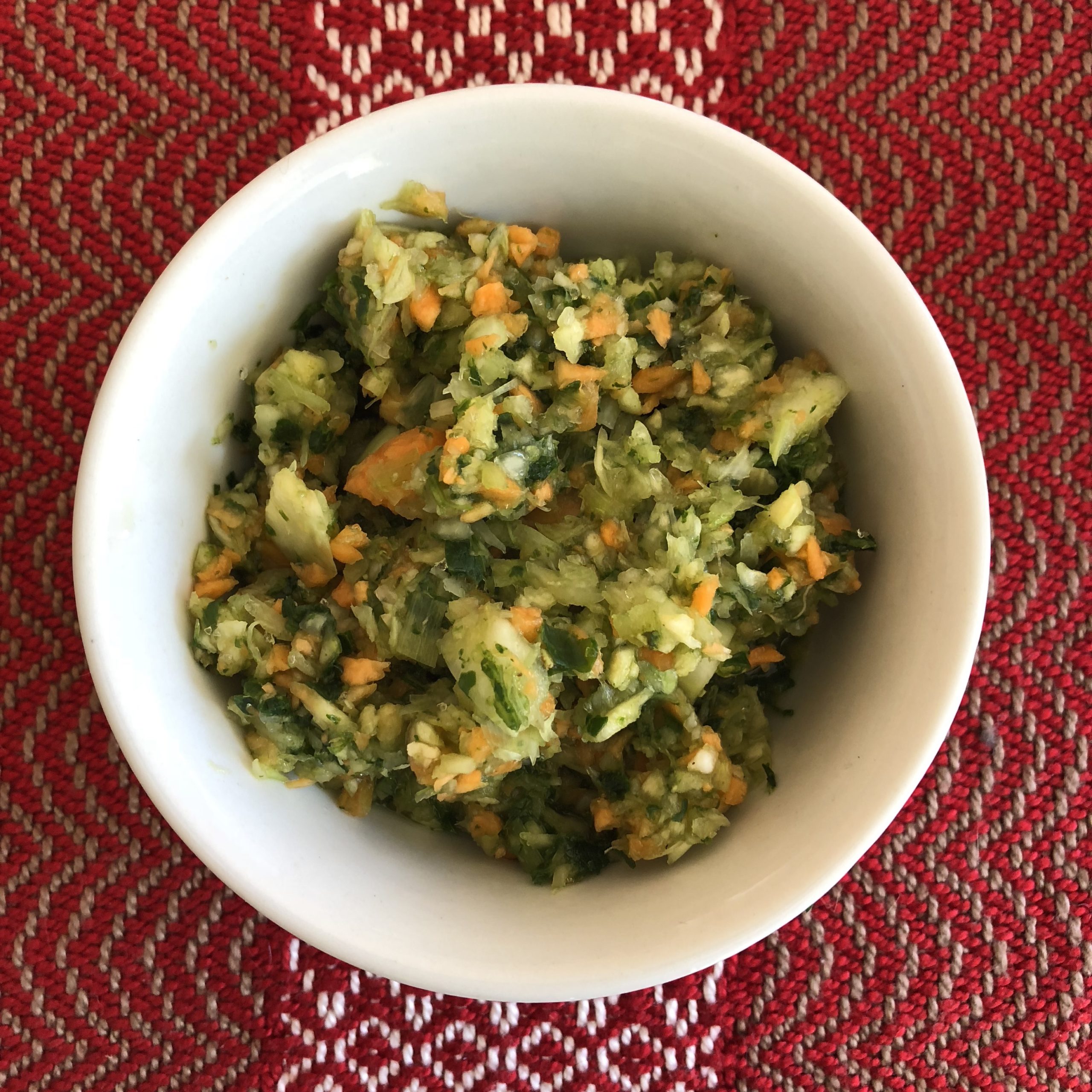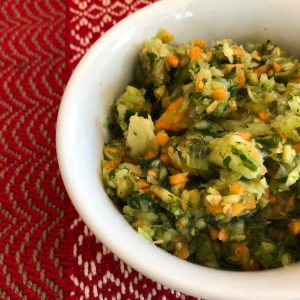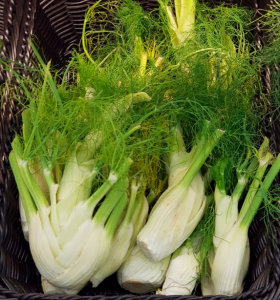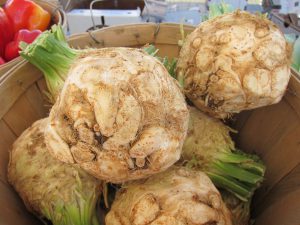

When choosing vegetables to use in your bouillon, make sure they are fresh and provide a lot of varied, full flavors.
There’s nothing like a good quality bouillon to bring soups, stews, bone broth, sauces, beans, and more to a whole new level of delicious! But store-bought bouillon can be low on real flavor and high on unpronounceable ingredients, which is why we recommend making your own bouillon from seasonal vegetables. This is very easy, and you’ll reap the benefits for months to come.
We’ve provided three flavor combinations for you to try, but this recipe is very flexible. This means you can select different flavor combinations that suit both your personal taste, what’s in season, and what your local farmers have available at any given time.
This recipe will make a batch of bouillon that will last for six months in your freezer. Whenever you are making a dish that would be enhanced by a dollop of rich flavor, just remove the bouillon from the freezer, spoon out a tablespoon, and put it back in the freezer until you need it again. The high salt content in the bouillon will prevent it from freezing solid.
The salt content may also mean you won’t need to add salt to your dish beyond what is in the bouillon (be sure to taste before adding any additional salt to dishes in which you are using the bouillon). Remember that you’re only using a tablespoon (or less) of bouillon in a recipe; a serving of homemade bouillon contains about 775 mg of sodium, while store-bought vegetable bouillon contains about 840 mg of sodium. Most of the homemade bouillon is flavorful produce and herbs. Just add the bouillon a little bit at a time until you are happy with the flavor; once you get used to using it in recipes you’ll get a feel for the amount you’ll need.
Ingredients
(Each combination makes almost six cups, or a little less than 100 servings at 1 tablespoon per serving.)
Overall, you’ll want two pounds of four or five different types of vegetables, about half pound of fresh herbs, some garlic, and maybe sun-dried tomatoes. Here are some potential flavor combinations for you, but don’t be afraid to experiment.

Some people think fennel tastes a bit like licorice, but it takes on a sweet flavor in bouillon.
Combination #1: (adapted from Food52.com)
- 8 ounces each of leek (white parts only), fennel bulb, celery root (peeled), and carrots
- 2 ounces — about 5 — sun-dried tomatoes (do not use ones that are soaked in oil)
- 4 garlic cloves, peeled
- 1 bunch (about 3 or 4 ounces) each of parsley and cilantro
- 3/4 cups fine sea salt
Combination #2:
- 8 ounces each of celery stalks, white onion, carrots, and mushrooms
- 4 garlic cloves
- 1 bunch (about 3 or 4 ounces) each of parsley and oregano
- 3/4 cups fine sea salt
Combination #3:
- 7 ounces each of leeks (white part only), shallots, carrots, celery root (peeled), and mushrooms
- 4 garlic cloves
- 1 bunch (about 3 or 4 ounces) each of sage and thyme
- 3/4 cups fine sea salt

Peel celery root with a paring knife before using.
Preparation
After washing your vegetables and herbs, chop them coarsely into pieces (about 1″ for the vegetables). What you do next depends upon what kind of kitchen appliances you have. Ultimately, the consistency of your bouillon can be more rough — as pictured above — or more smooth, like a pesto.
- If you have a food processor, place your vegetables, herbs, garlic, and sun-dried tomatoes (if using) in batches in the food processor and pulse until everything reaches the desired consistency; a food processor will allow you to blend a fine-textured bouillon. Add your salt, and blend to mix thoroughly.
- If you have a blender, you’ll also need to process your vegetables, herbs, garlic, and sun-dried tomatoes (if using) in batches, but you’ll likely need to have a large bowl handy to hold one batch of processed produce before moving on to the next batch (don’t fill your blender more than half way with produce, then pulse to get everything going). After the ingredients are processed and placed to the bowl, add your salt and stir everything together well.
Storage
Since the bouillon won’t freeze solid due to the high salt content, the common idea of placing it in ice cube trays and freezing won’t work. Instead, you can store the bouillon in a jar in your freezer, or divide it into smaller containers.
Use
Try out these recipes if you’re looking for ways to use your bouillon to add a delicious flavor boost to your cooking (or just try it in your favorite recipes):
Pasta with Goat Cheese and Greens
By, Christina Keibler

